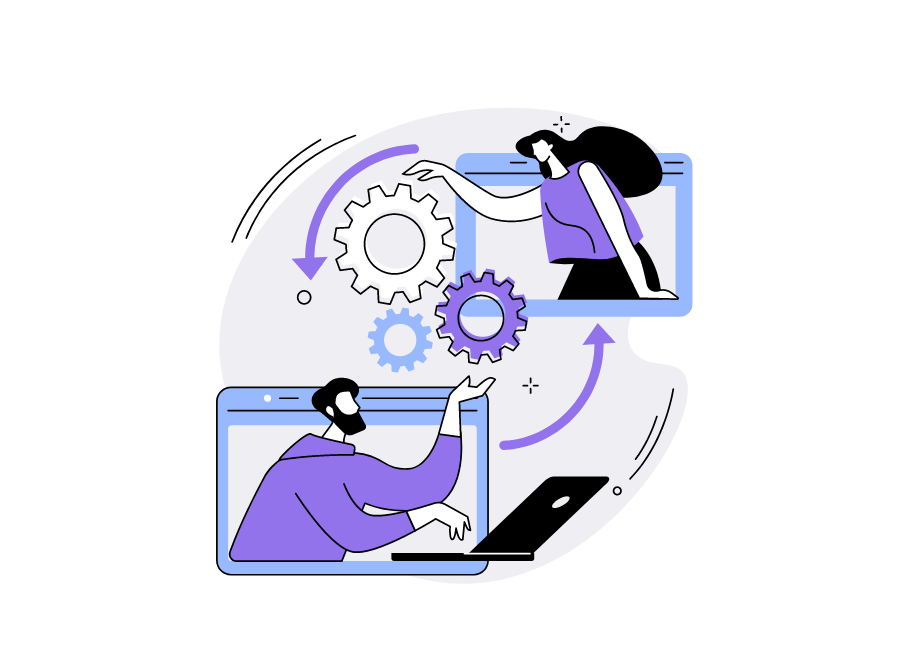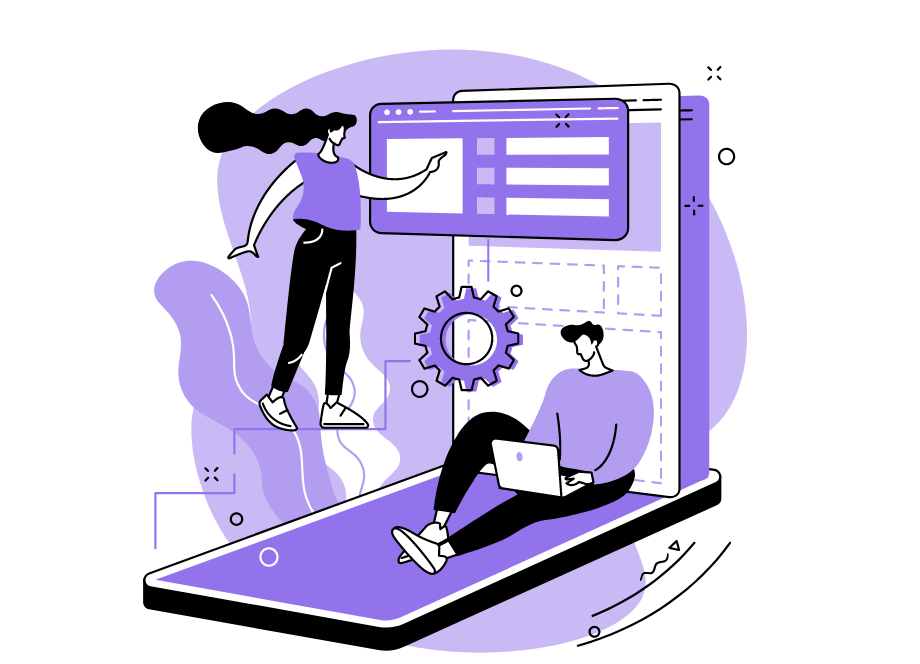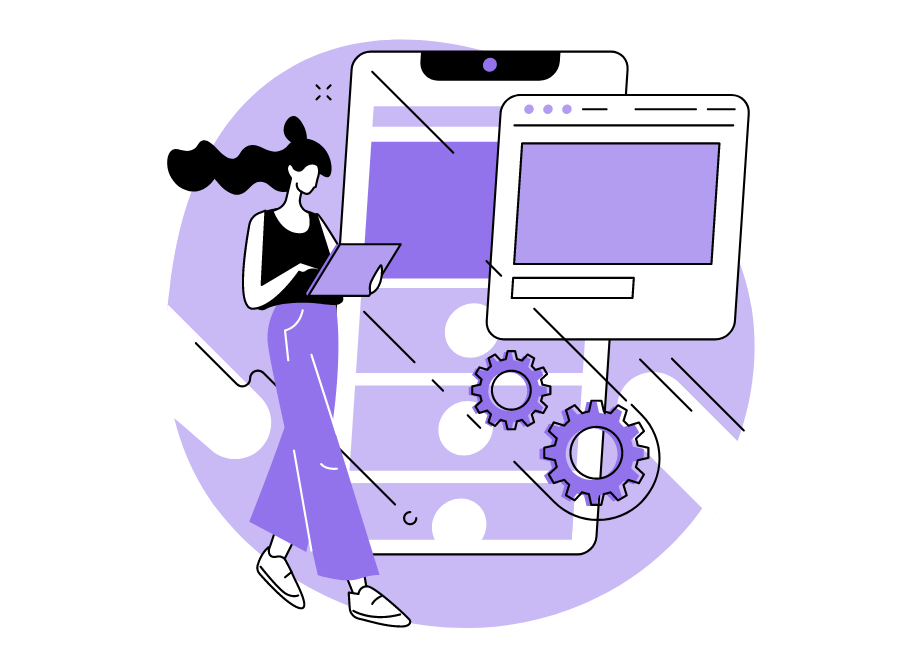
Let’s start this post with an exercise: try to think of an excellent app you’ve downloaded recently. It probably offered you a tour through its features with comprehensive instructions on the ways you can use it.
On the other hand, you’ve probably also downloaded apps with no guidelines whatsoever, which forced you to uninstall them shortly after.
Employee onboarding works the same way.
If you want your new developer to understand their role in your company and stay, you have to provide them with a straightforward, effective onboarding process. This post will tell you how.
So, let’s find what to include in onboarding to make it motivational and educational for all your future developers.
Table of Contents
Consider hiring as a part of the onboarding process
Onboarding is often associated with the first day at work. However, experienced HR professionals know that the process begins way before, as soon as you decide to hire a particular candidate.
We’re not suggesting that you walk each candidate through your internal working processes or introduce them to the team; interviews are already long enough.
Instead, try to focus on the purpose of onboarding, which is not only to enable new hires to become effective employees, but also to get them excited about their new position.
Constructing effective evaluation and hiring processes will help you leave a positive first impression, contributing to an overall positive experience for the candidate—an aspect vital for the company’s success.
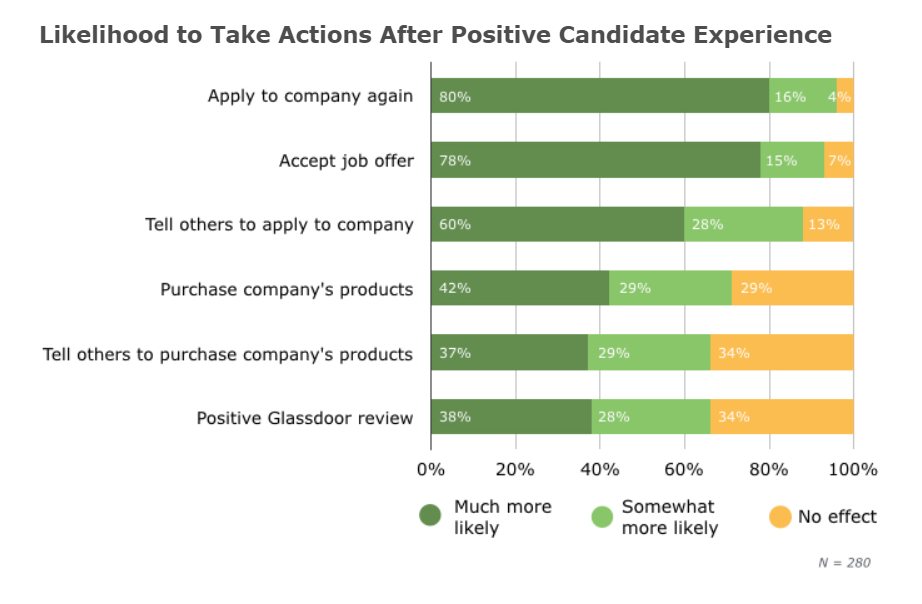
Essentially, treating the hiring process as a prelude to onboarding allows you to wow the potential hires from the get-go.
Let’s see how this works in the software industry.
When candidates see that you’re implementing relevant developer interviewing practices, they perceive you as a professional employer and are more motivated to eventually accept your offer.

Bug & crash reporting tool for mobile apps.
Once they do, the onboarding can begin.
The way you communicate about the terms of employment shapes the new developer’s perception of your company.
If you handle everything professionally and cordially, you’ll get them excited for the job even before their first day at the office.
You shouldn’t forget about the social aspect of hiring, either. To make the new dev feel welcome at the workplace, consider announcing the addition to your team on social media.
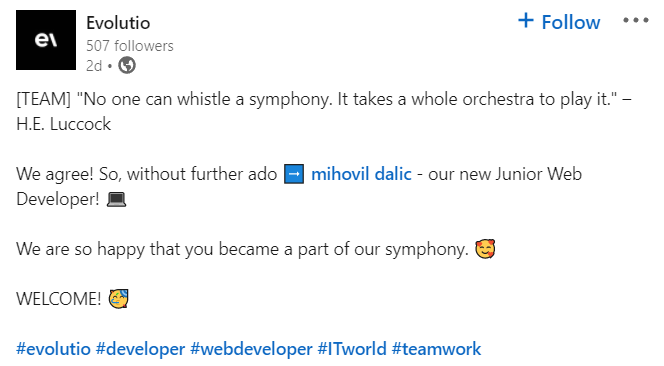
Such a gesture lets the dev know they’re appreciated and that they will have a team to rely on once they join the company.
After a successful hiring process, there’s usually some time before the new hire starts working. To make the developer onboarding process more efficient, you should use that time well by preparing for the new team member.
Leverage the pre-boarding phase for handling the documentation
Let’s say the developer has agreed to work with you, but there are three weeks until they can start. The delay doesn’t have to mean a pause in communication.
In fact, you should use the pre-boarding phase to arm the candidate with some valuable knowledge.
When Tydy asked candidates what they would like to get from the company during the pre-boarding phase, all the answers pointed to more details about the role and the company in general.
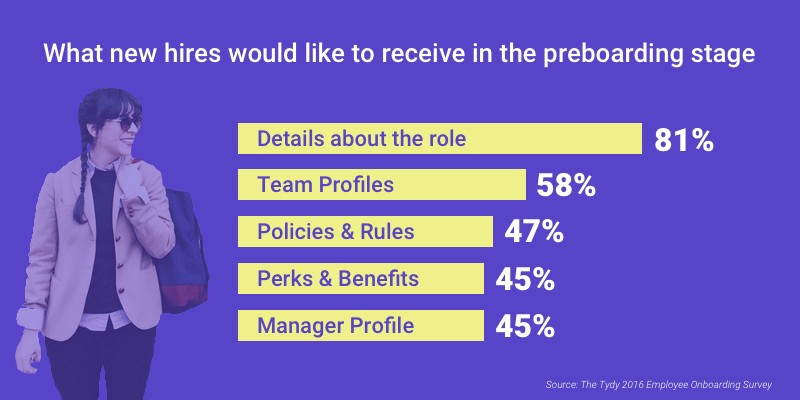
Since discussing the details on policies and rules doesn’t require a one-on-one meeting with the CEO, you can easily delegate the task to the HR team and schedule it within onboarding.
For instance, you could create a concise document describing the company and the role. If you send it to the new dev in advance, they’ll be able to get familiar with the basic information about the job.
If you decide to include policies and rules, try to use plain, understandable language. Sounding like a terms-and-conditions excerpt will deter the employee from finding the info they wanted.
The pre-boarding phase is also the ideal time to handle some administrative tasks, such as employment paperwork.
If the new developer fills in employment forms, verifications, and other documentation in advance, they’ll be able to start with the actual onboarding process earlier once they arrive.
After all, you don’t want to squash their enthusiasm with tedious red tape.
Zapier, an integration tool company, leverages the period before the new developer’s first day for settling administrative matters.
Brian Cooksey, their engineering manager, explains that the Zapier HR department prepares documentation and equipment ahead of time.
“By prepping ahead of time, you make the employee feel valued because you’ve already invested time in them before they officially started. You also avoid wasting people’s time by having a game plan for what the first few weeks look like.”
So, if you have time between the hiring decision and onboarding, you can use it to remove all distractions that eat into onboarding time.
Before the developer arrives for their first day, make sure that the documentation is done, work equipment prepared, and most importantly, that you have an onboarding plan in place.
Break up onboarding into phases
Rather than jumping from explaining project documentation back to presentations on company culture, the developer onboarding process will be much more organized and effective if you divide it into stages.
For instance, the women-empowering social enterprise Code Like a Girl suggests the following phases:
- The Big Picture
- The Process
- The Code
The first phase is about understanding the company and the role, while the second one covers the path to building the product.
These two elements are similar to orientation because they include company values, dynamics, work systems, and mechanisms.
The code phase lets the developers do what they do best and specifies the time frame for pushing the first commit.
This phase is comparable with training because it enables devs to learn about coding standards and system architecture by doing.
By the end of the code phase, developers should be ready to independently pick up and complete tasks from the team’s backlog.
Netflix, on the other hand, places coding earlier in the onboarding process, leaving security, tools, and services for when devs get more acquainted with the work there.
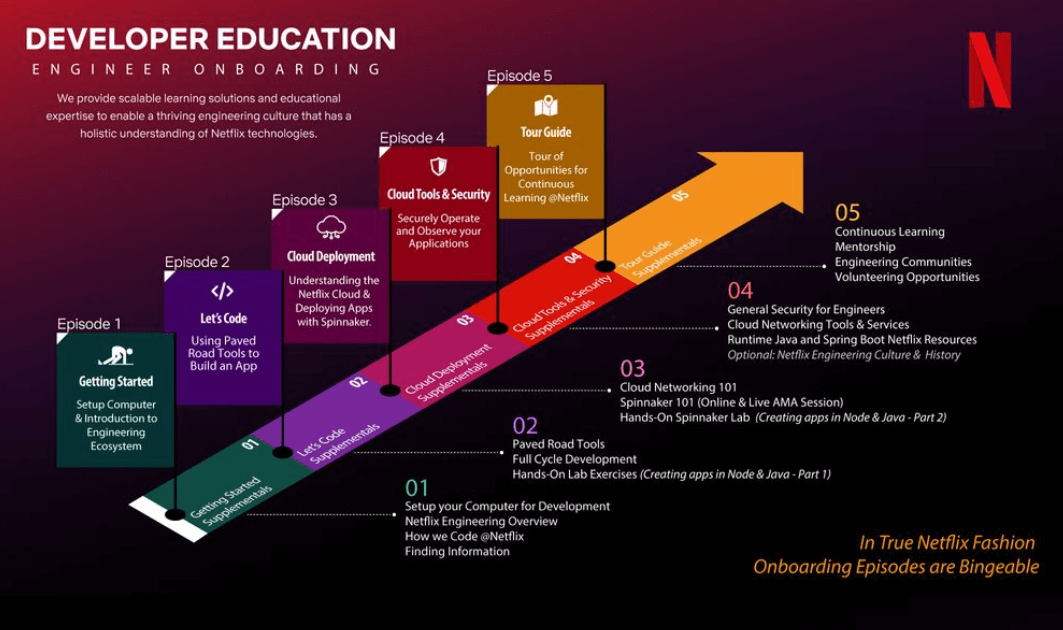
As you can see, there’s no right or wrong when it comes to distributing the onboarding stages.
Getting the paperwork out of the way early is standard practice, but how other elements of the onboarding process are arranged varies from company to company.
Pipeline, a tracking platform, breaks onboarding into phases with content similar to Code Like a Girl, but employs a structure more akin to that of Netflix.
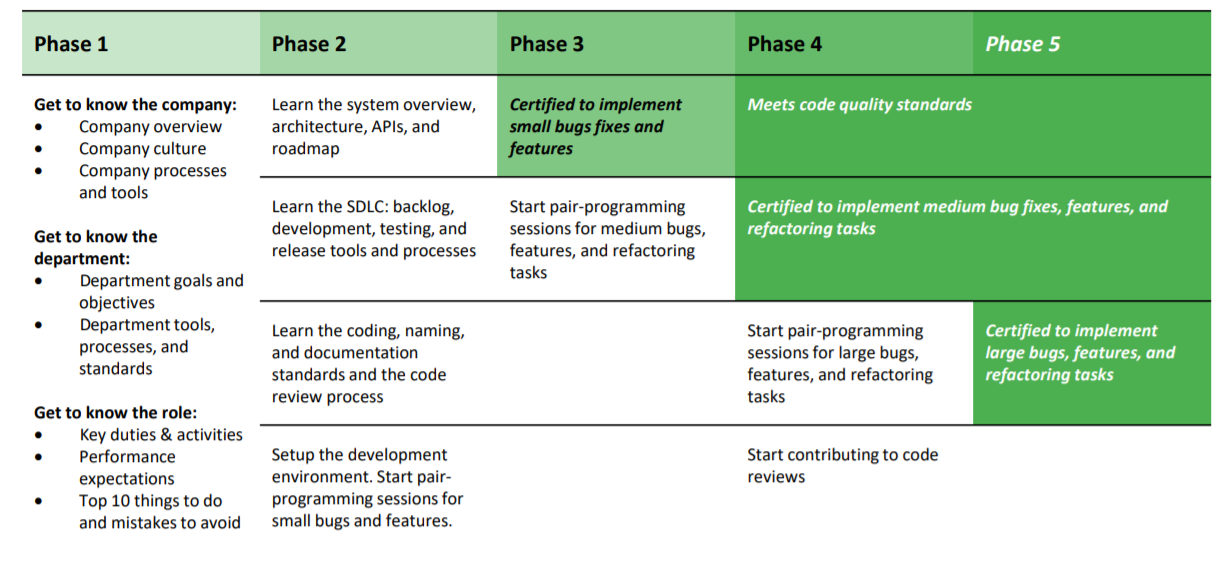
So, it’s all about mixing and matching what works for you; the only rule is to create the phases ahead instead of improvising onboarding with each new developer.
To build a successful onboarding process, your HR and technical roles should collaborate and determine the milestones a dev should achieve during the first months in the company.
When you identify the milestones, you’ll be able to build an actionable onboarding plan accordingly.
If you need help with phrasing onboarding objectives and phases, you could find this list of over twenty engineer onboarding goals and sections helpful.
Remember, a systematized onboarding experience will not only portray you as a well-organized employer; it will also help your new developers to acquire new knowledge in a structured and easy-to-follow way.
Include culture onboarding into the process
The desire to create the perfect developer makes it easy to get caught up in the technical aspects of onboarding.
Still, company culture is too important to be left out, so make sure you dedicate time to discuss culture during the onboarding process.
Culture has, unfortunately, become something of an empty buzzword in the world of software development.
Companies know the word sounds fashionable, so they make sure they mention it a dozen times throughout the job description, knowing it will attract skilled staff.
And they’re right, seeing that 77% of candidates consider company culture before applying for a job. Moreover, fifty-six percent find culture more important than salary in terms of job satisfaction.
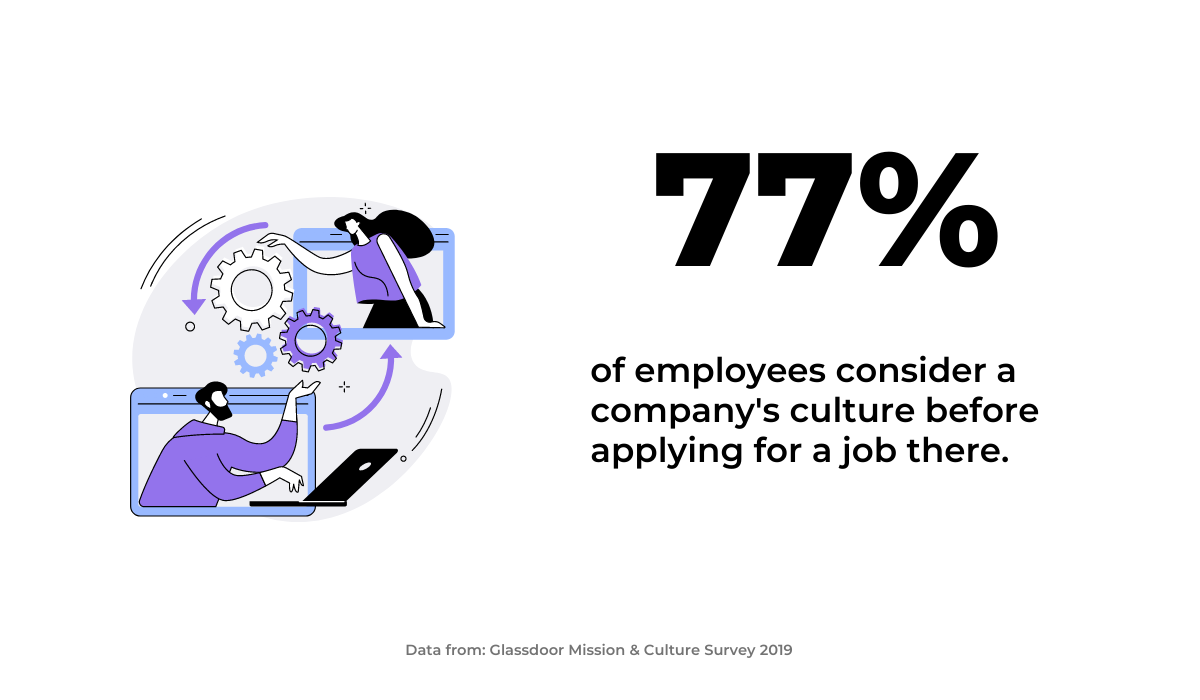
So, if you manage to attract great developers with your culture, you should show you walk the talk, starting with onboarding.
As we said, onboarding starts before the first day. If you send the new hire a knowledge base to go through before arriving, you could also include a section on culture so that they can read the theory.
Spotify does this with their band manifesto, a document that spells out their values and details on how they achieve such a proactive and inclusive culture.
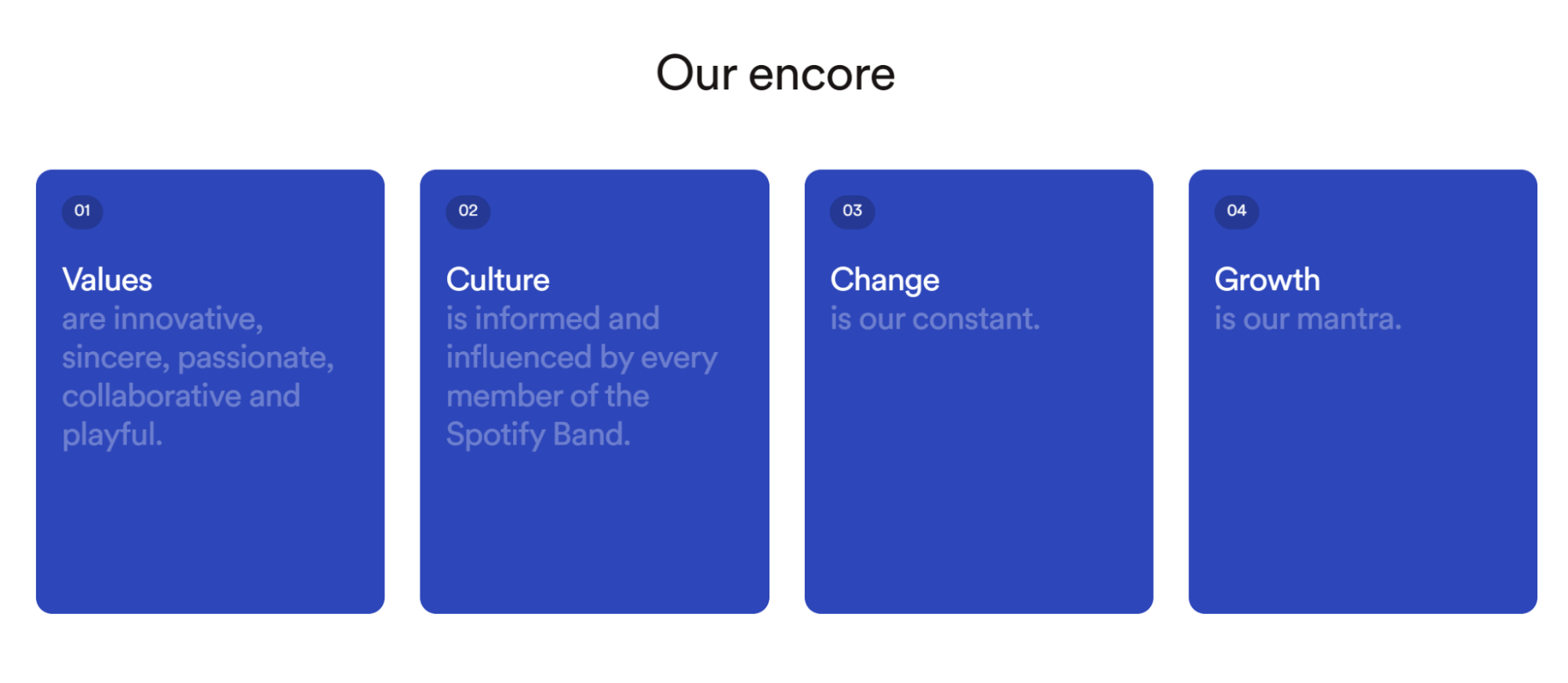
A more hands-on approach is to build culture throughout and after onboarding, as Zapier does.
At Zapier, culture extends beyond how work is done. They also pay attention to fun and collaboration between employees.
To foster a collaborative environment, Zapier employees participate in weekly video chats with several random people from the company.
So-called pair buddy chats encourage employees to talk about work, life, or anything else, creating connections even in remote teams.
“Pair buddy chats help keep some semblance of the office social life as part of work and encourage people who work in different departments to get to know each other better.”
While the training part of onboarding empowers new developers to write better code and create beautiful products, the culture part is crucial for demonstrating the why of what they do.
Culture onboarding allows devs to see how their work fits into the context of the company and how they fit the team, increasing their motivation and the likelihood of staying at the company longer.
Use checklists to gauge progress
Onboarding encompasses more than sharing coding standards and showing the new hire where the ping-pong table is.
If you want to determine the success of the new developer from the day of their arrival—as well as the success of onboarding itself—you should supplement the onboarding process with checklists to gauge the progress.
Let’s start with a practice you probably already do and see how checklists are used to track the progress of individual tasks during the project.
The following image shows what steps a developer has to take to investigate the “download all” implementation. As you can see, there are several items on the checklist, showing how the developer is progressing.
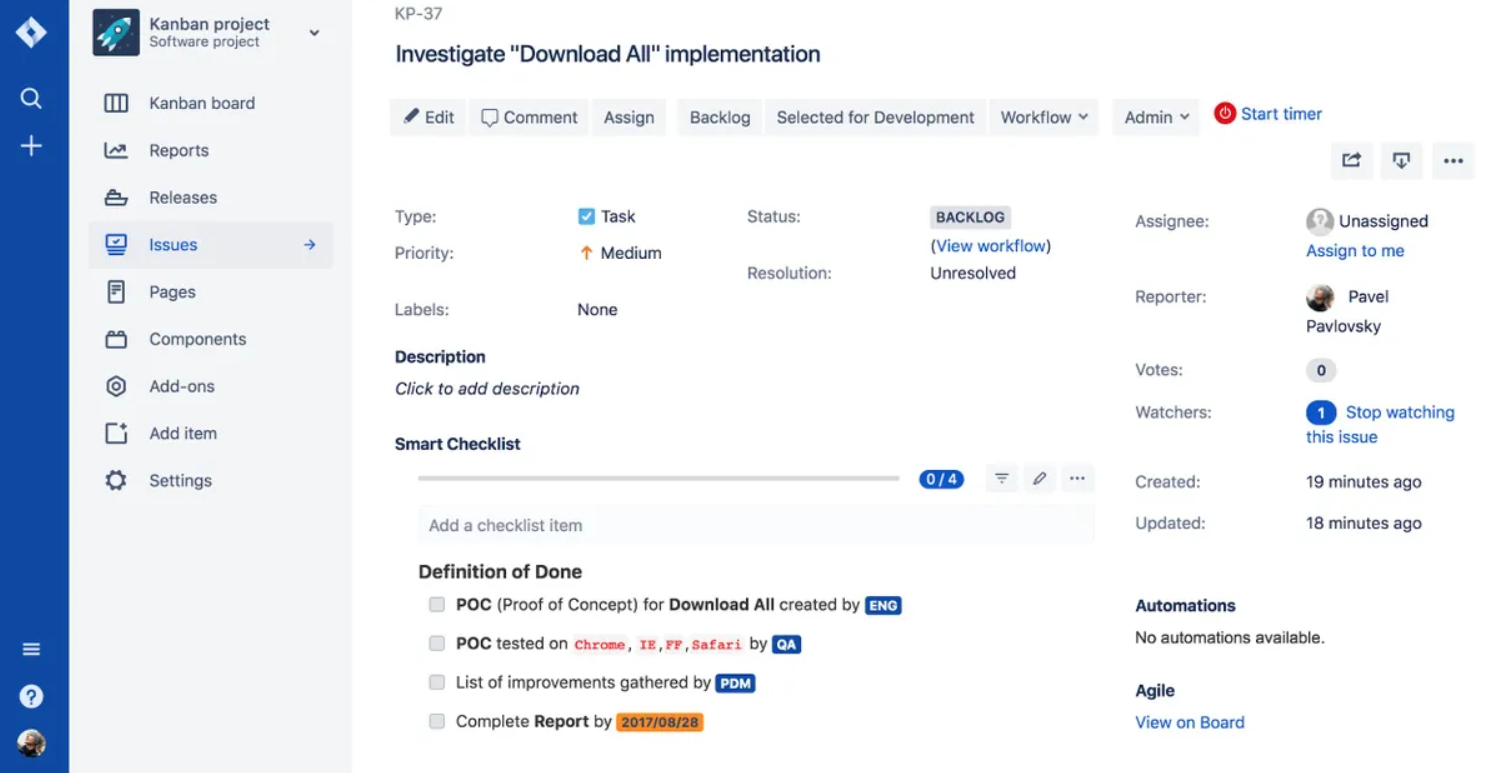
Similarly, you could create milestones for each of your onboarding phases and structure them in the form of checklists.
For instance, the training phase of onboarding could take two months. To measure progress, your one-month checklist could look something like this:
- Has the developer completed all assigned tasks?
- Have the tasks been completed within the designated time frame?
- Does the developer follow company code guidelines?
- Has the developer asked their mentor relevant questions?
- Has the developer identified bugs independently?
A checklist like this one will help you determine whether the developer needs additional training or if they’re advancing as expected.
Once several developers have gone through the onboarding process, you’ll be able to gather enough data to assess the process itself.
Key performance indicators such as new hire satisfaction, new-hire turnover, and time to productivity will help you examine if the onboarding process needs some adjustments or if it already produces excellent results.
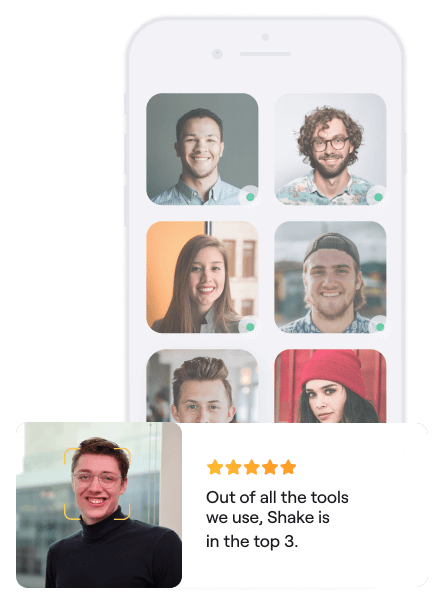
Bug and crash reporting tool for apps that gets you all the right data.
Taking weeks to build an onboarding process may not bring you much success if you never take time to review its effectiveness. So, equip yourself with checklists and evaluate away.
Of course, you shouldn’t underestimate the importance of employee feedback. When you build a relationship with your developers, don’t hesitate to ask for their thoughts on onboarding and advice that could help future devs.
Conclusion
Building an onboarding process for new developers is a time-consuming task.
Still, the more time you invest in planning, the more effective the outcomes will be. A well-structured process will get you knowledgeable, prepared, and motivated developers.
We hope our advice can help you create the foundation for developer onboarding; don’t forget that you can tweak the details as you go depending on your needs.
The most important thing to remember is that onboarding starts before the first day and lasts longer than the last day of training.
With that in mind, you’ll be able to create a process that’s effective for your management and pleasant for your new software developers.
